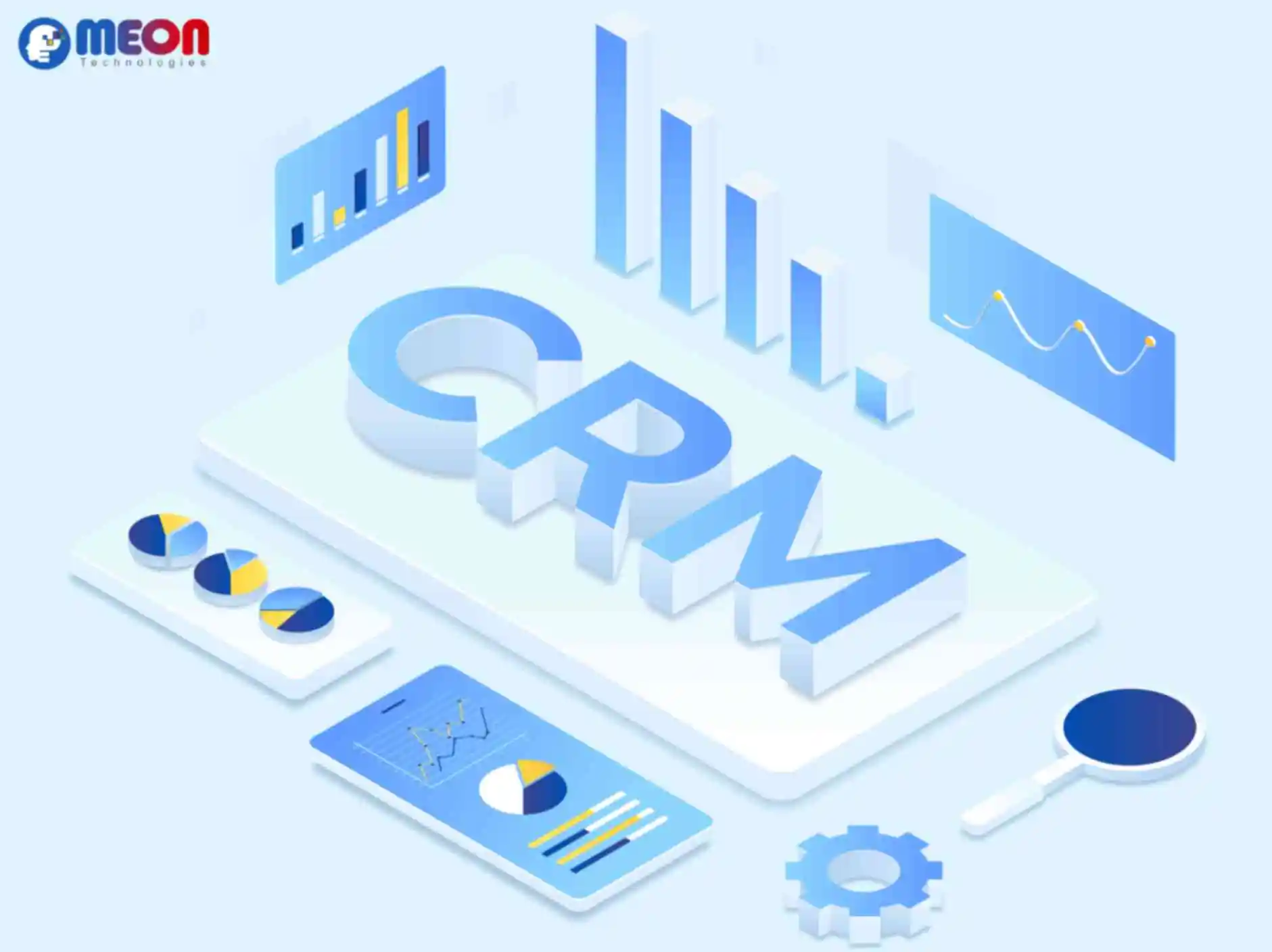In the rapidly evolving domain of software development, efficient and effective software build management plays an instrumental part in ensuring seamless deployment and delivery. The process of software build management includes a variety of activities such as compiling source code, resolving dependencies, running tests and packaging the software for deployment. In this article, we will explore the best practices for software build management, with emphasis on streamlining the development process and enhancing productivity.
Let’s have a look at some crucial strategies that can improve your software development workflow and help you gain a competitive edge in the market.
Automated Build Processes
Manual build processes can take up a lot of time, be prone to mistakes and have a negative impact on development productivity. Automation addresses these issues and is the key to streamlining software build management. By automating build processes, developers can ensure consistency throughout the process, minimize errors, and save time and effort that would otherwise be taken up by manual work. Build automation tools assist developers to define and execute build pipelines, automatically triggering builds based on source code changes. These tools integrate with version control systems and offer options like continuous integration and continuous deployment, allowing teams to automate the build, test, and deployment stages without facing any hassle.
Dependency Management
Managing dependencies is critical for software build management to ensure that the required libraries, frameworks, and components are properly integrated. Dependency management tools offer a centralized approach to take care of dependencies, allowing developers to declare and resolve dependencies automatically. These tools fetch the required dependencies from repositories and ensure consistent and dependable builds. By using a powerful dependency management strategy, teams can avoid version conflicts, reduce build failures, and simplify the process of incorporating external code into their projects.
Version Control and Branching
Effective version control and branching strategies are necessary for successful software build management. Version control systems allow developers to track changes, collaborate easily, and manage concurrent development efforts. By using a branching model, teams can separate feature development, bug fixes, and releases in different branches, ensuring a controlled and streamlined development process. This practice facilitates parallel development, leads to efficient code review, and enables easier integration of changes into the main codebase.
Continuous Integration and Testing
Integrating and testing code continuously during the software build management process is crucial to identify issues early and maintain code quality. Continuous Integration (CI) tools automate the process of building, testing, and validating code changes. CI servers monitor version control repositories and trigger builds whenever changes are detected. They perform unit tests, static code analysis, and integration tests to identify issues in a timely fashion. By integrating automated testing into the build pipeline, teams can detect bugs early, ensure code quality, and prevent regressions, which eventually leads to more stable software releases.
Build Artifact Management
Managing build artifacts in an efficient way is crucial for ensuring traceability, reproducibility, and efficient deployment. Build artifact management tools offer centralized repositories for storing and managing build artifacts, such as compiled binaries, libraries, or packages. These tools allow teams to version, manage, and distribute build artifacts efficiently. They also support dependency resolution, caching, and security features. By making use of build artifact management, development teams can ensure consistent and reliable deployments, minimize manual effort, and enable easy sharing and collaboration on software components.
Software build management is a very significant part of the development lifecycle, and by automating the build process, teams can eliminate/reduce manual effort and increase consistency. With automated build pipelines, developers can focus more on coding and innovation rather than spending time on repetitive and error-prone tasks. By integrating continuous integration and continuous deployment practices, developers can make sure that each code change undergoes rigorous testing and validation, leading to a more stable and reliable software product.
In conclusion, effective software build management is a prime factor in releasing high-quality software efficiently. By implementing automation, dependency management, version control, continuous integration, and build artifact management, development teams can streamline their workflow, minimize errors and speed up software releases. The right combination of best practices and tools empowers developers to focus on creating innovative solutions while ensuring the stability and reliability of their software applications/products.





